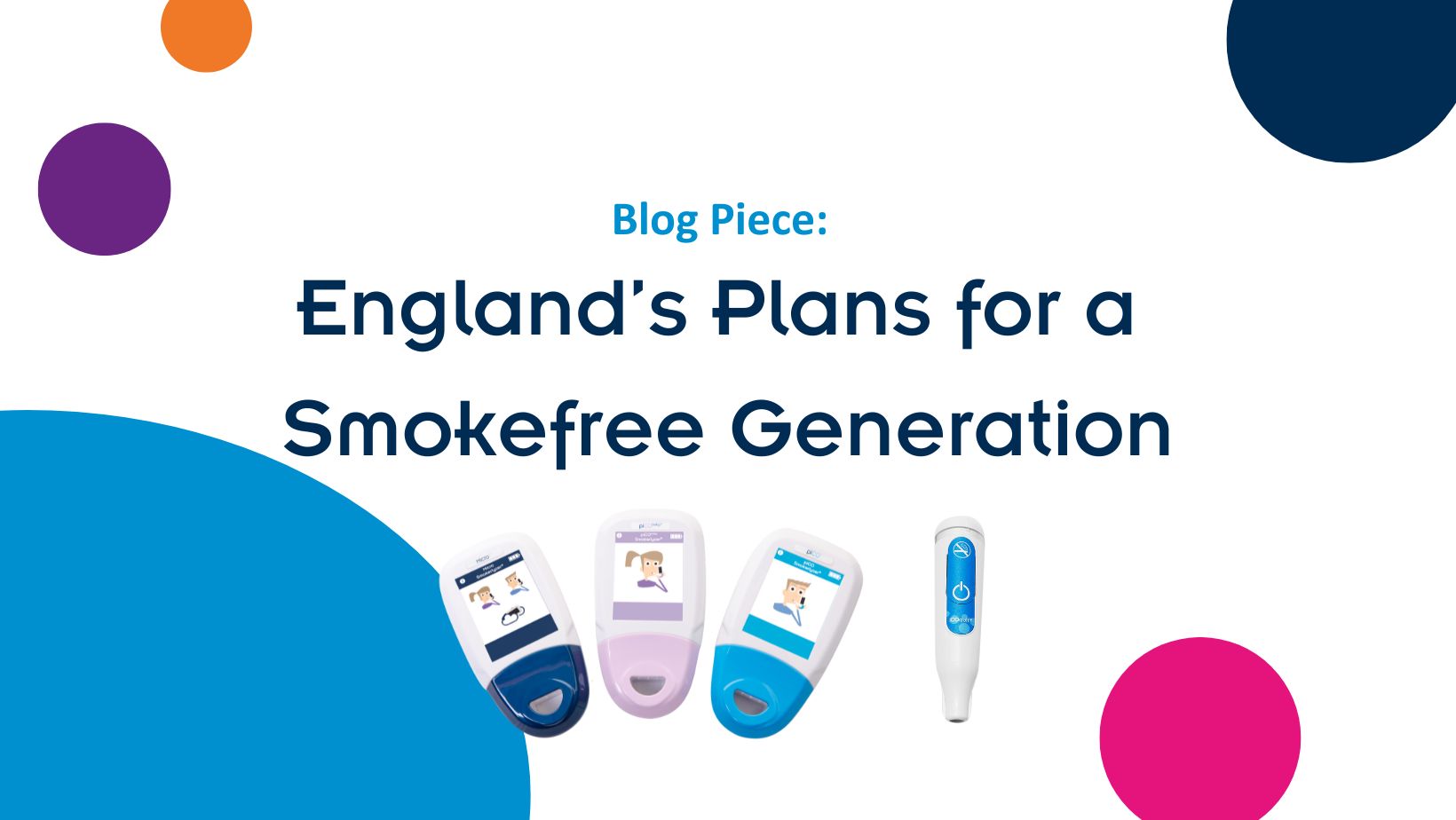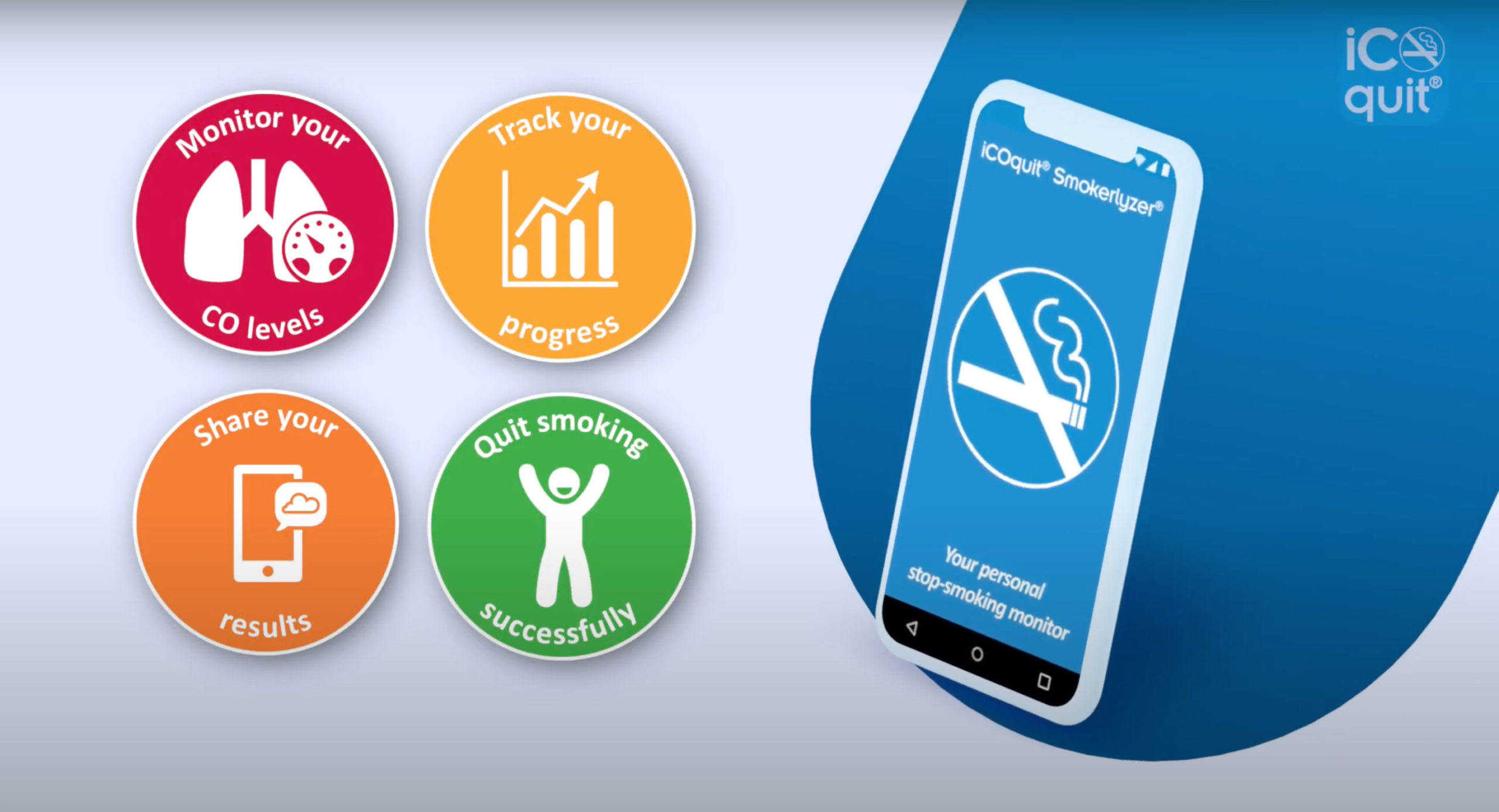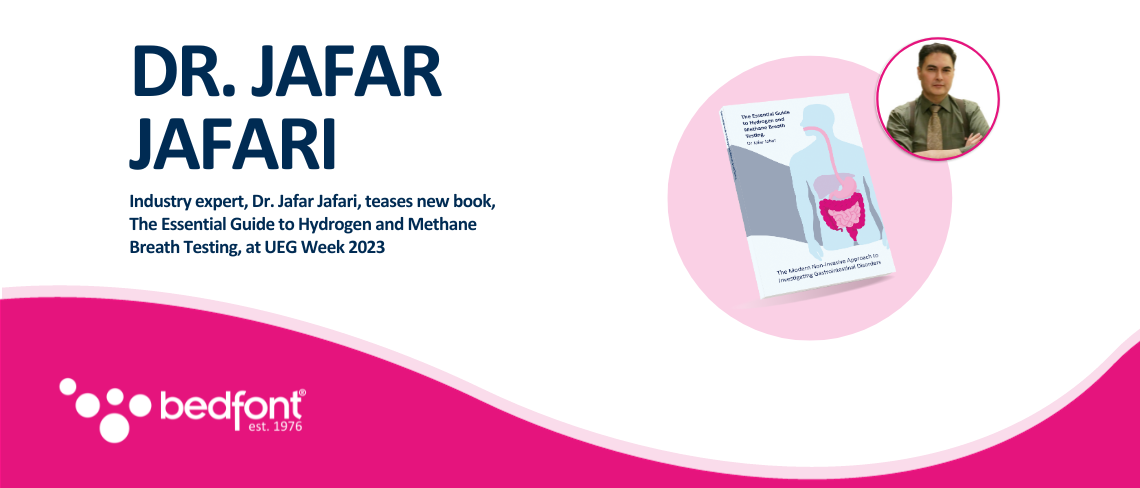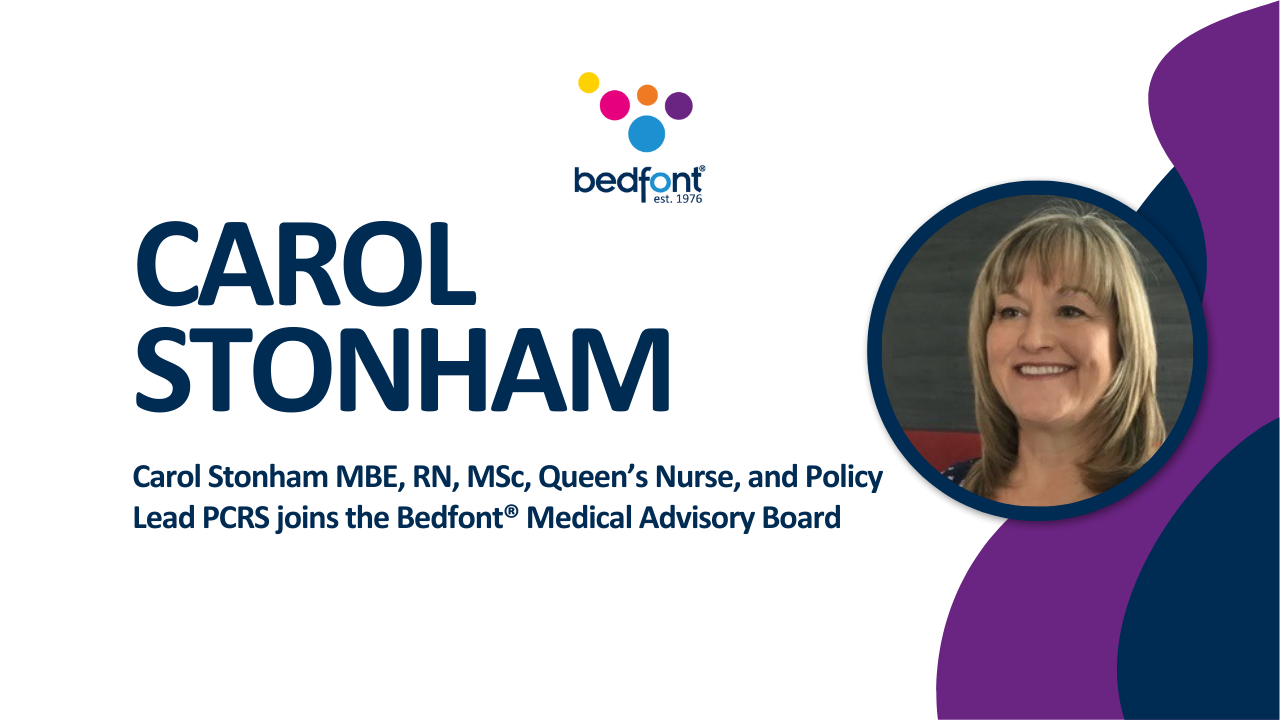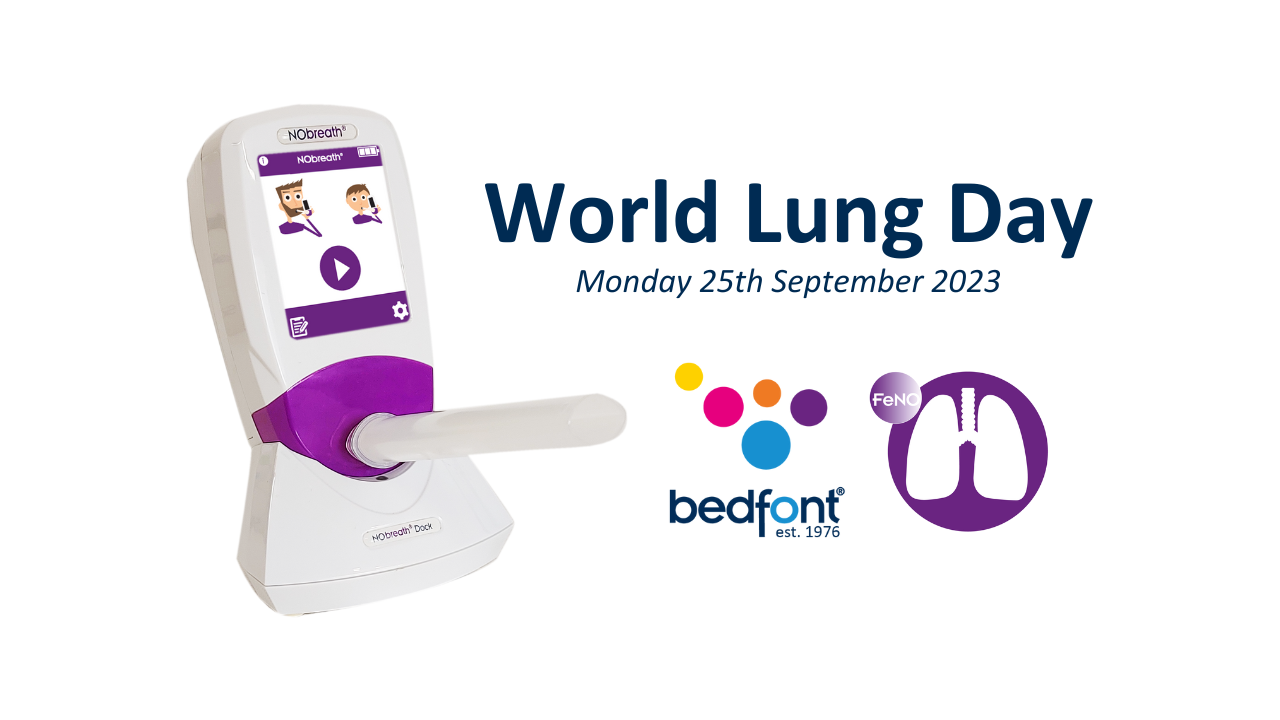As we enter the winter months and it becomes cold outside, the air we breathe is dry and the protected fluid in our lungs evaporates. This environmental change triggers the muscles within our lungs to spasm as they work to maintain open airways, resulting in increased tightness and difficulty breathing. While asthma symptoms persist throughout the year, they can escalate during winter, aggravating issues such as chest pain, coughing, shortness of breath, chest tightness, and wheezing1.
Asthma is recognised in part by the variability of symptoms. Indeed, this variability is a key consideration in making the diagnosis of asthma2. Once a diagnosis is confirmed, asthma symptoms can continue to demonstrate variability. This variability may be unpredictable and unexpected due to the natural disease process, or more predictable because of exposure to individual triggers.
Asthma guidelines state that if symptoms worsen, the clinician should check adherence with prescribed medication, check inhaler technique and remove triggers2. This may be overlooked when increasing doses of inhaled medication or prescribing additional medications. It is worth thinking about how this can be done in practice.
Medication adherence can be a tricky subject to bring into the consultation. It is a complex mix of patients’ health beliefs or misjudgement of their condition3,4 and can also be influenced by cultural beliefs5. It is a fascinating subject and worth looking into in more depth to get an understanding of why some people will not take prescribed medication whether it is an intentional decision or a non-intentional action. The attitude and experience of the prescribing clinician can also influence a patient’s decision to adhere to a prescribed medication regimen6.
One of the strategies we tend to use to assess adherence is to look at the prescribing history – has the patient been prescribed adequate treatment (inhaled steroid-containing inhaler) to be taking it regularly as prescribed? Has the patient ordered excessive amounts of rescue medication (Salbutamol or Terbutaline) indicating poor symptom control? The national review of asthma deaths7 found these measures were potential contributors to mortality. Salbutamol overuse is the focus of the global social movement Asthma Right Care8, in part because of the recognised link between the overuse of rescue medication and the increase in asthma mortality and morbidity.
Another approach that can help when assessing adherence with inhaled corticosteroids is to measure fractional exhaled nitric oxide (FeNO). This measures eosinophilic airway inflammation which is a key component of most asthma types. If inhaled corticosteroids are taken regularly using the correct inhaler technique, this inflammation should be controlled unless a dose increase or addition of add-on therapy is required. If the patient is not taking regular treatment or is taking it using a poor technique, the airways will demonstrate this inflammation. If the test is undertaken following a clear explanation of what asthma is, how inhalers work and what the test will measure, the discussion on inhaler use has a good basis to work from – many people with asthma do not understand the disease process and how inhalers work so do not take them regularly. For those who are adherent with medication who can demonstrate good inhaler technique, a raised FeNO level may be an indication of the need to increase or add in medication.
Suboptimal inhaler technique is a common cause of increasing asthma symptoms and poor asthma control, yet is very common9. According to the systematic review published in 2016, only 31% of patients can use an inhaler correctly, and the inhaler technique has not improved over the past 40 years10.
Guidelines emphasize the importance of correct inhaler technique before escalating treatment2, yet many healthcare practitioners are not confident or indeed competent in checking and coaching patients to optimise the use of inhalers. To address this, the UK Inhaler Group have produced a Standards and Competency document11 to guide and encourage appropriate teaching and coaching of inhaler technique.
Checking the correct inhaler technique and assessing adherence with prescribed medication are 2 of the basics to check if a person presents with increasing asthma symptoms (not sudden acute asthma) especially if the person is found with raised FeNO levels.
The third element is to discuss and, where possible, eliminate asthma triggers. Whilst asthma has a natural variability which can often be unexpected and unpredictable, there are more obvious triggers that may be specific to the individual and will be known to increase asthma symptoms. There are a wide range of triggers from seasonal elements – increasing pollens in the spring and through summer, dampness and moulds in autumn, and respiratory infections in the winter – through exposure to perfumes and smoke, pets and animals, and house dust mites and many others besides.
Whilst some of these can also be unpredictable there are elements, especially as we go into winter for example, where a person knows from past experience that a particular season will ‘set them off’. The population with long-term health conditions are offered protection against some respiratory infections with vaccinations but viral infections have been found to cause up to 70% of asthma exacerbations12. So, what can we do to protect our patients with asthma as we move into winter in addition to vaccine administration? During the COVID-19 pandemic where social distancing rules and mask-wearing were mandated, there was a reduction in admissions to hospitals from long-term respiratory conditions but this is not an acceptable strategy in the future.
What we can do is be sure that our patients have the appropriate medication in a device that they can and will use on a regular basis to optimise asthma control leading up to known predictable periods of likely exacerbation. The basis of this must be the patient’s understanding of what asthma is and an understanding of the expected effects of prescribed medication, supported with a personalised asthma action plan that will help patients to know their potential when asthma control is optimal, to recognise deterioration and know how to act and adjust medications safely, when to seek help and from whom.
There are various tools that will help in this patient journey such as placebo inhaler devices to practice and optimise inhaler technique, and diagrams and airway models to improve understanding of asthma. Measurement of lung function using a peak flow meter when a patient, as well as a comparator when a patient has increasing symptoms, is helpful. Measurement of FeNO is a valuable addition to the asthma toolbox to measure airway inflammation which will help the patient better understand what asthma is and how inhaled medication, in particular inhaled steroids, target inflammation. In symptomatic patients, it can open conversations around adherence and inhaler technique, guide step-up and step-down treatment decisions, and work as part of the toolkit to optimise asthma control.
Delve deeper into the impacts of winter and asthma care in our upcoming webinar with Carol Stonham; Battling Winter Wheezes: How Cold Weather Impacts Asthma and the Benefits of FeNO Monitoring, being held on Tuesday 9th January 2024 at 7pm. Learn how FeNO measurements play a pivotal role in monitoring and managing respiratory health during colder months.
References:
- Why asthma is worse in winter [Internet]. Temple Health. 2021. [Cited Monday 13th November 2023]. Available from: https://www.templehealth.org/about/blog/why-asthma-worse-in-winter
- British Thoracic Society, SIGN. BTS/SIGN Guideline for the management of asthma. Available from https://www.brit-thoracic.org.uk/quality-improvement/guidelines/asthma/ [Last accessed 24.10.2023]
- Brandstetter S, Finger T, Fischer W, et al. Differences in medication adherence are associated with beliefs about medicines in asthma and COPD. Clin Transl Allergy. 2017;7(1):1–7. doi: 10.1186/s13601-017-0175-6
- Ahmedani BK, Peterson EL, Wells KE, et al. Asthma medication adherence: the role of God and other health locus of control factors. Ann Allergy Asthma Immunol. 2013;110(2):75-79. e2. doi: 10.1016/j.anai.2012.11.006
- Kaplan A, Mitchell PD, Cave AJ, et al. Effective asthma management: is it time to let the AIR out of SABA? J Clin Med 9(4):921. doi: 10.3390/jcm904092
- van Boven JF, Ryan D, Eakin MN, et al. Enhancing respiratory medication adherence: the role of health care professionals and cost-effectiveness considerations. J Allergy Clin Immunol Pract 4(5):835–846. doi: 10.1016/j.jaip.2016.03.007
- National review of asthma deaths. Why asthma still kills (2014). Available from https://www.rcplondon.ac.uk/projects/outputs/why-asthma-still-kills [Last accessed 24.10.2023]
- Asthma Right Care (PCRS) available from https://www.pcrs-uk.org/campaign/asthma-right-care [Last accessed 24.10.23]
- van der Palen J, Thomas M, Chrystyn H, Sharma RK, van der Valk pd, Goosens M, Wilkinson T, Stonham C, Chauhan AJ, Imber V, Svedsater H, Barnes NC. A randomised open-label cross-over study of inhaler errors, preference and time to achieve correct inhaler use in patients with COPD or asthma: comparison of ELLIPTA with other inhaler devices npj Primary Care Respiratory Medicine volume 26, Article number: 16079 (2016) [last accessed 24.10.2023]
- Sanchis J, Gich I, Pedersen S, et al Systematic review of errors in inhaler use: has patient technique improved over time?Chest 2016;150:394-406. doi:10.1016/j.chest.2016.03.041pmid:http://www.ncbi.nlm.nih.gov/pubmed/270607 26
- UK Inhaler Group (2016, reviewed 2019) Inhaler Standards and Competency Document. Available from https://www.ukinhalergroup.co.uk/uploads/s4vjR3GZ/InhalerStandardsMASTER.docx 2019V10final.pdf [Last accessed 24.10.2023]
- Hammond C, Kurten M, Kennedy JL. Rhinovirus and asthma: A storied history of incompatibility. Curr Allergy Asthma Rep. 2015;15:502.


